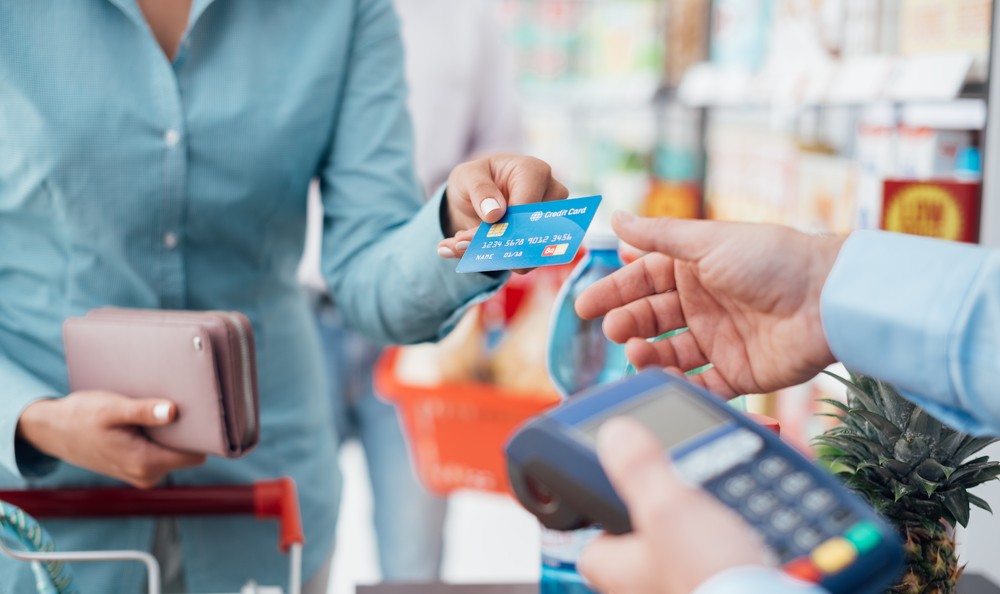As eco-consciousness grows among younger generations, luxury goods brands must find new ways to demonstrate their social responsibility while appealing to values-driven Gen Z customers.
The adoption of Web3 and blockchain technology presents an opportunity for brands to create a transparent, immutable record of their supply chain, products, and processes, which can help them meet their Environmental, Social, and Governance (ESG) goals, while also attracting customers who prioritize sustainability. In this article, we will explore some of the ways that blockchain technology can be used in the luxury goods sector to drive sustainable business practices and build customer trust.
How Can Tangible Goods Go Digital?
While NFTs have made headlines as a speculative investment in digital art, the underlying technology behind NFTs – blockchain – can be applied to verify the ownership and provenance of physical goods as well. Digital Product Passports (DPPs) are a means of creating an accessible record of products that leverage the immutable, transparent nature of blockchain. DPPs can be used to verify details of the supply chain, track sustainable sourcing, and add value to the vintage and resale market with authentication and previous ownership checks.
In addition, DPPs can be used to enhance customer experience and trust in a brand's sustainability efforts. By referencing DPPs, customers can gain a more detailed understanding of the full supply chain for products they purchase, including the source of materials and manufacturing process. Materials entering the supply chain can be recorded on the blockchain, enabling customers to verify that they are made from ethical, renewable components. Furthermore, the manufacturing plant and its location can be recorded to prevent the hidden use of unethical labor in developing countries.
62% of Gen Z prefer to purchase from sustainable brands. This increased transparency and trust can help build brand loyalty among younger consumers who prioritize social responsibility and sustainability.
The Customer is Always Right
Another way Web3 technology can be used in the luxury goods sector is by involving customers in aspects of governance. Decentralized Autonomous Organizations (DAOs) can be used to organize governance initiatives backed by blockchain technology. DAOs are collectively-owned, blockchain-governed organizations underpinned by smart contracts which allow groups to make decisions without the need for a central authority.
These organizations issue voting tokens to customers, which essentially act as voting rights and can be based on the number of products owned, the length of time an account has been held, or any other measure relevant to the brand. Customers can use these tokens to vote, and the vote is registered on the blockchain, which creates a secure and unchangeable account of events.
By allowing customers to vote on collaborations, philanthropy, or even to gauge opinion on new lines, businesses can effectively turn customers into stakeholders and more loyal brand advocates.
Down to Brass Tacks: Blockchain for the Bottom Line
Gen Z are already spending on Web3 – nearly a quarter (23%) have already started collecting NFTs. In order to capture this generation’s attention, luxury goods businesses should aim to give Web3 the same attention.
We’re already seeing some progress here - From Prada NFTs to Dolce & Gabbana fashion shows in the Metaverse and Gucci becoming the first major brand to accept ApeCoin.
Alongside this long term shift, there is also a more direct business case for blockchain technology in the luxury goods sector. If product authenticity can be confirmed by a tamper-proof record stored on blockchain, as well as ownership records, brands could seize an opportunity to resell their own vintage collections to consumers, creating a circular economy and increasing revenue. This also signifies the longevity and quality of a brand's products, increasing their value.
Moreover, blockchain technology can be used to fight against counterfeit goods. By twinning each product with a digital product passport, which can be easily and quickly verified, counterfeits can be swiftly identified. The value of counterfeit products decreases as those who purchase the counterfeits are denied access to resale markets, quality assurance, and Web3 experiences from the brand. Counterfeit goods are not only harmful to the environment, but they also undermine revenue and brand value for luxury brands.
By leveraging blockchain technology, luxury brands can protect their profits and reputation while driving sustainable business practices.




